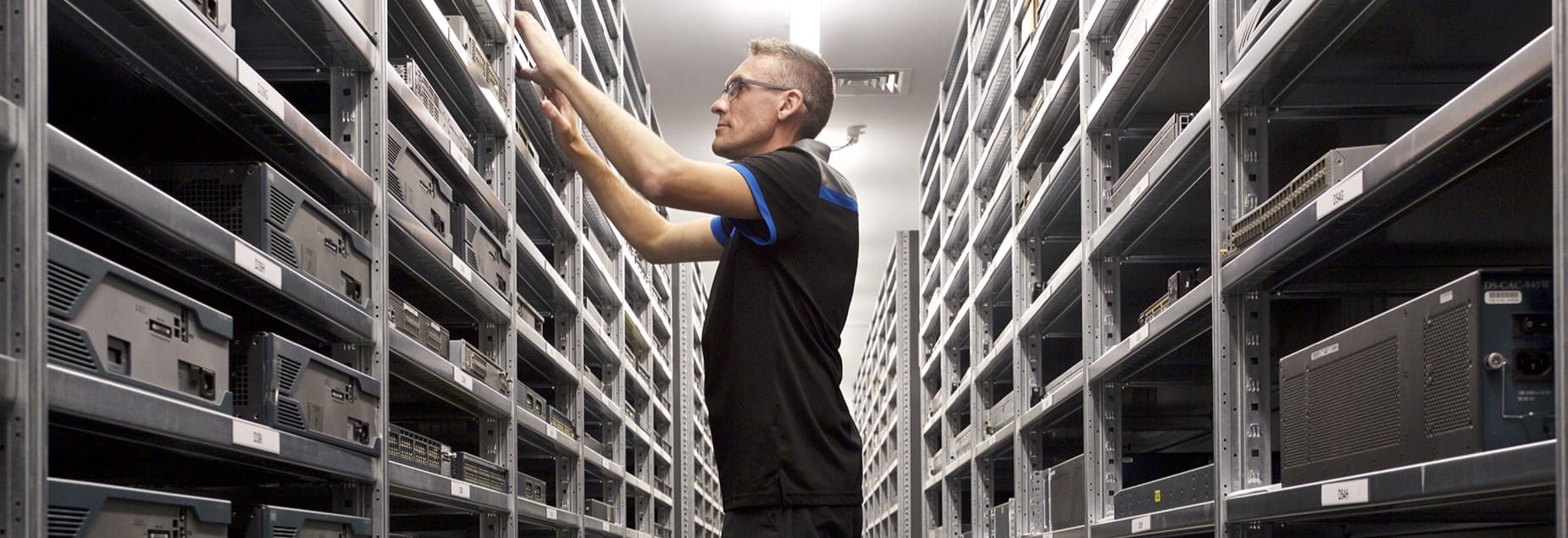Maximise business efficiency with asset optimisation

Adoption, migration, optimisation, security and management services designed to deliver business agility.
Improve your security posture with tailored strategies and front-line defence services.
Scalable colocation and connectivity within a hyper secure environment.
Disaster recovery and serviced offices in secure, premium office facilities.
Tailored end-to-end solutions for your hardware ecosystem across the widest range of vendors.
Seamless management of your IT environment, underpinned by world-class cyber security, no matter where you are on your journey.
Securely and effectively operate, monitor and maintain your network.
Enjoy the comfort of a modern working space supported by world class technology, security and resilience.
Help your clients take control of their IT environment with Australia and New Zealand’s leading hardware maintenance provider.
Interactive Anywhere provides robust infrastructure solutions designed to support the seamless operation of digital environments. These solutions include scalable cloud services, reliable data storage, and efficient server management, ensuring optimal performance and uptime.
The network solutions from Interactive Anywhere encompass comprehensive design, implementation, and maintenance of secure and efficient networks. By optimising connectivity and bandwidth, these solutions facilitate seamless communication and data transfer, enhancing overall productivity and operational efficiency.
Interactive Anywhere offers dedicated end user support services that ensure users receive prompt assistance with technical issues. This includes help desk support, troubleshooting, and training, aimed at improving user experience and minimising downtime for businesses.
With a focus on safeguarding digital assets, Interactive Anywhere's cyber security solutions provide advanced protection against cyber threats. These solutions include threat detection, risk management, and compliance services, ensuring businesses can operate securely and with confidence.
Interactive offers financial institutions with secure operations, robust cyber security, seamless connectivity, end-user support, and cloud solutions, ensuring long-term resilience.
For manufacturing, precision and efficiency are paramount. Our solutions optimise operations, streamline processes, and ensure seamless connectivity to drive productivity and innovation.
In professional services, reliability and agility are crucial. Our solutions enhance efficiency, streamline workflows, and provide seamless connectivity, empowering firms to deliver exceptional client experiences and stay ahead in a dynamic market.
In aged care, precision and patient well-being are fundamental. Our solutions enhance operational efficiency, streamline workflows, and guarantee secure, seamless connectivity, empowering providers to deliver exceptional care and lead in an ever-evolving sector.
We're Australia's leading IT service provider and we keep technology human.
News & insights from our experts to help you drive performance and grow your business.

Shield your business from downtime with expert care and enjoy a worry-free approach to hardware maintenance.
There is no denying that businesses today face the constant challenge of staying competitive while managing their budgets effectively. One key strategy that can significantly impact the bottom line is asset optimisation. This approach – while not new, involves maximising the efficiency and longevity of IT hardware, ultimately saving costs and freeing up budget for investment in other critical areas of the business.
While the main goal is to maximise the utilisation of existing IT assets, it can also lead to the realisation of improved efficiency, and significant time savings – by not having to constantly plan, configure, and replace devices, which can be expensive.
Navigating the complexity of hardware maintenance for an IT professional dealing with multiple sites and on-premise devices can be a daunting task. The sheer volume of physical devices under management poses a challenge, especially when dealing with end-of-service-life products that are still in use. The challenge grows when you have to deal with issues like OEM SLAs proving too slow for business-critical devices. Another example is when devices are out of the standard OEM support period (typically ranging from 3 to 5 years) which can add a further layer of complexity.
In Australia, where parts sourcing for end-of-life devices can be particularly difficult, IT professionals find themselves grappling with the need for alternative maintenance solutions that can bridge the gap between the aging hardware and the evolving needs of the business. Balancing the demands of multiple sites, extending the lifespan of devices, and sourcing parts in this market requires strategic planning and a reliable partner with expertise in managing such intricate scenarios.
Asset optimisation matters for several reasons, but really it is about the impact it can have on the overall efficiency and financial health of an organisation. So, the concept holds significant potential for businesses looking to streamline operations, cut unnecessary costs and reallocate resources strategically.
By adopting a responsible consumption approach and extending the life of your assets, you can significantly reduce your carbon footprint. Minimising equipment disposal and optimising the extraction, manufacturing, and transport phases, brings you closer to your environmental goals and contributes to a more sustainable future.
Top Three Considerations for asset optimisation:
To find out more about Interactive’s systems and hardware maintenance services visit: Systems & Hardware Maintenance Services: 30 Years Experience (interactive.com.au)
Guaranteed local parts, dedicated engineers, & best-in-class response times.